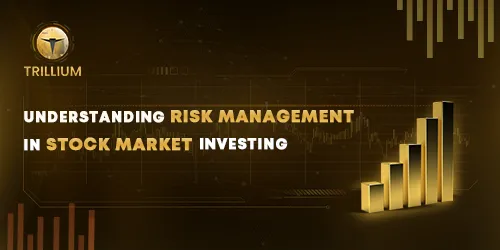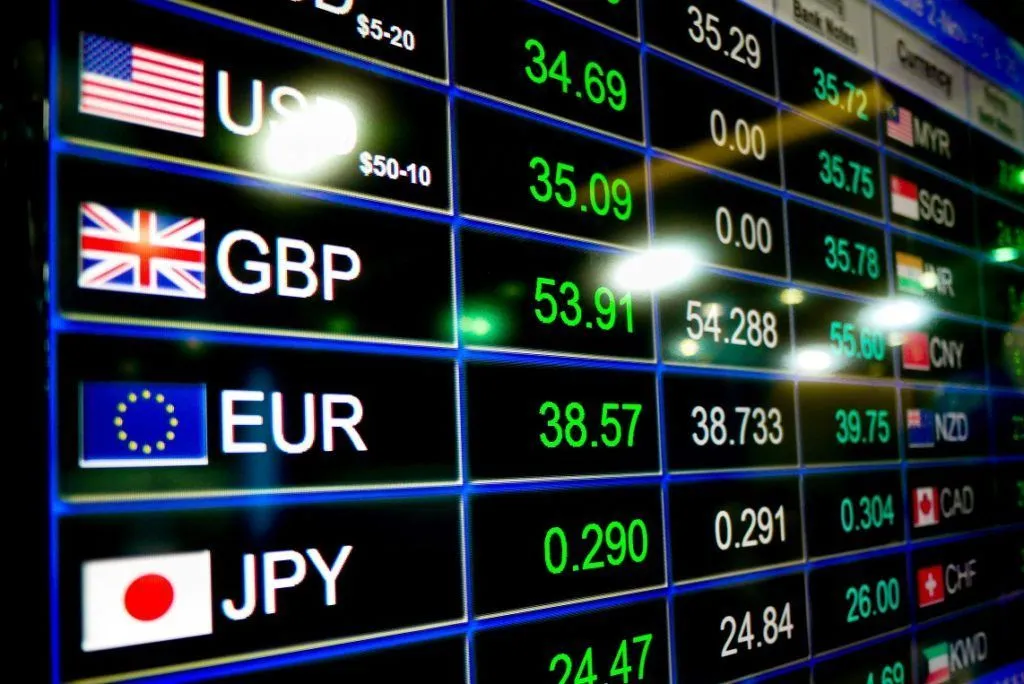Have you ever felt the stock market like a rollercoaster? One day, you’re at sky-highs, and the very next day, you’re on a tightrope trying not to crash? It’s a natural feeling for those who are beginners. The thrill of watching stocks climb can be exciting, but this excitement quickly turns into a panic situation when they drop suddenly.
If you’re going to invest in Stock Exchange, having a plan isn’t optional—it’s essential. This article breaks down what risk really means, why it matters and how you can make smarter decisions to protect your hard-earned money.
Why Risk Management Is the Backbone of Smart Investing?
The term risk management sounds like something out of a finance textbook, complicated and best left to experts. But it’s just a smart way of saying: Have a game plan before you jump in. Risk management isn’t about avoiding risks altogether, it’s about knowing what you’re willing to lose, what’s at stake, and how you’ll react if things don’t go your way.
Emotions like fear and greed can sneak up on you, especially when the market swings. One day, you’re at the sky heights about a stock rising and the next you’re selling because someone said the market is crashing.
Example: You buy shares just because your friend said this stock will double by next month. You feel excited in the moment, but without a plan, you’re just gambling. Now compare that to someone who buys after checking the company’s track record, sets a stop-loss, and already knows when to exit if things go wrong. The difference isn’t luck; it’s having a clear risk lens. That’s the real backbone of smart investing.
Risk Management in Stock Market: It’s Not Just for Big Players
In the stock market, risk management matters, not the size of your portfolio. Whether you’re putting aside a small amount each month through SIPs or diving into intraday trades, having a plan in place can make all the difference.
Take SIPs, for example, they’re consistent, but that doesn’t mean they’re immune to market shifts. Without checking in on sector performance or adjusting based on changing goals, you might end up staying locked into underperforming funds.
Intraday Trades come with their own pressure, markets can move fast, and without a clear stop-loss or exit point, it’s easy to let emotions take over. Even long-term holdings that once looked like safe bets can turn south if they’re left unchecked.
That’s why it helps to treat your portfolio like a small business. It needs regular attention, a set of rules and a mindset that’s focused not just on growth, but also on protection. Every portfolio deserves that kind of care.
Absolutely! Based on your suggestions, here’s a humanized, engaging, and practical section for “Building a Risk Management Framework”, written in a relatable tone with digestible steps, clear examples, and grounded advice. I’ve incorporated your instructions and avoided mentioning BSE directly.
Building a Risk Management Framework
Think of risk management like mapping out a hiking trail before you set off.
- A good framework starts with identifying the risks tied to the stocks you’re eyeing. Is the company debt-heavy? Does it swing wildly during earnings season? Once identified, assess how those risks could impact your money.
- A mid-cap technology company may provide thrilling growth but may be more innocent to market nerves than a stable blue-chip such as a consumer monster. That’s where planning comes in—setting rules like limiting how much of your portfolio goes into higher-risk picks and using stop-losses so you don’t ride a losing trade too far down.
- Then, act: implement these safeguards and keep a close eye on how they perform.
- It’s not a one-and-done risks evolve. So, checking in regularly and adjusting based on what’s working (or not) is just as important.
- Spread your money across sectors, keep your position sizes reasonable, and remember that risk can’t be erased, but it can absolutely be managed.
- Practical Risk Mitigation Strategies for Bombay Stock Investors
A few grounded habits and simple tools can go a long way to keeping your capital safe and your mind calmer.
Start With the Basics
Think of your portfolio like a well-balanced plate. You wouldn’t fill your plate with just fried snacks, right? In the same way, putting all your money into a single stock or even one sector is asking for heartburn later.
So, spread your money across different types of stocks. That way, if one piece of the puzzle underperforms, the others might balance it out.
Quick Tip: If you’re only holding tech or pharma stocks because they’ve been buzzing lately, take a pause.
Pay Attention to Market Data
The BSE feeds you a buffet of information every single day. But instead of checking prices every hour, focus on the meaningful stuff:
- Quarterly Results
- Volume Changes
- Price Patterns Over Time
Real-world tip: Set up alerts on your brokerage app for price drops or spikes so you’re informed without being glued to your screen.
Don’t Fall into the Herd Mentality Trap
We’ve all been there, your friend makes money on a stock, your office WhatsApp group starts buzzing, and before you know it, you’re buying in at the peak. Classic case of herd mentality.
A better move: Take a breath. Look into why the stock is rising. Use reliable sources or tools on your broker’s platform to check earnings reports or debt ratios.
Use the Tools at Your Fingertips
Many Indian broker platforms now offer features that were once used only by full-time pros:
- Trailing stop-losses
- Risk profiling tools
- Watchlists & price alerts
Review Your Portfolio Every Quarter
Yes, checking your stocks daily feels like being “in control,” but it’s usually the opposite. Long-term success comes from stepping back and reviewing your entire portfolio quarterly.
Mini checklist: Set a calendar reminder to do this after each earnings season.
Final Thoughts
In the ever-moving world of stock market investing, risk is unavoidable. By staying alert, avoiding impulsive moves, and building habits like reviewing your portfolio quarterly, you can stay grounded no matter how wild the market gets. At Trillium Financial Broker, we believe that every investor, whether just starting out or well-seasoned deserves simple and smart ways to protect what they’ve built.











